In late summer and early fall, I start to see more and more spiders trying to move into my home. I always thought they were just getting chilly outside and wanted to find a warm place to over-winter. Sort of like people in Ohio moving to Florida before the snow starts flying.
But it turns out fall is prime spider mating season. They are looking for mates so they can make millions more little baby spiders to crawl around the house and haunt my nightmares.
Since I don't want my home turning into the spider love shack, I try to deter them the best I can.
So I thought now was a good time to let you in on my DIY spider spray recipe I've been making for the last few years. This will be my third year using it. I didn't want to recommend the recipe to you until I was sure it worked well.

Does it work as well as the commercially available chemical ones? No, no it doesn't. You do have to reapply it more often (about once a week).
But the big upside is that it does work to keep the little pesky critters away and is not toxic or scary to use. I'm not hesitant to use it in my house around my son and dog.
Table Of Contents
A few years ago I posted an article on a natural way to repel squirrels and chipmunks which has received a lot of attention. You can find that article here - Squirrel Repellent Spray.
Here in Ohio we have wolf spiders, long-bodied cellar spiders (similar to daddy long legs), jumping spiders, and then a whole lot of generic-looking spiders. It should work on just about any common house spider regardless of what part of the country you live in.
Your First Step - Set Yourself Up For Success
If you take a few minutes to do a few simple things you can get the most out of your spray.
- Clean your home prior to spraying. Spiders love cluttered areas, so let's remove that attraction for them. Wipe down the counters, vacuum and sweep the floors, get rid of food crumbs.
- Use a vacuum or long-handled duster to remove cobwebs and baby spider egg sacs (yuck) before spraying.
- Reduce the number of cardboard boxes, newspapers and magazines you keep in your house. Spiders love to hide out in these types of dark, less often disturbed areas.
- If you have problems with spiders in your closets and dressers (raises hand) keep your clothing off the floor and previously worn items stored in the laundry hamper. I always, always, always shake my slippers before putting them on to ensure there are no friends hiding in there (I've only had two actual spider bites in my life and both were when I slipped my feet into a pair of slippers).
- If you like to keep a bowl of fruit on your counter, keep it fresh. As fruit ages, it attracts gnats and fruit flies which in turn attract spiders who love to snack on these insects.
- Seal up access points to your home. Caulk gaps around windows and doors. Caulk around the holes where wires and cables travel from the outside to the inside of your home. Make sure your dryer vent is not just wide open to the outside. Fix torn window screens.
- Move wood piles and mulch away from your doorways. Spiders love wood almost as much as they love your house.
OK, so now you've cleaned up the house, it's time to make your spider spray!
DIY Spider Spray Recipe

(This post contains some affiliate links for your convenience. You can read my full disclosure policy here.)
Supplies
- 1 Spray Bottle
- 2 cups Water
- ½ cup White Vinegar
- 1 teaspoon Dish Soap
- 15-20 drops Lemon Essential Oil (can substitute another strongly scented essential oil if you prefer - orange, peppermint, cinnamon, cedar, eucalyptus, lavender or thyme)
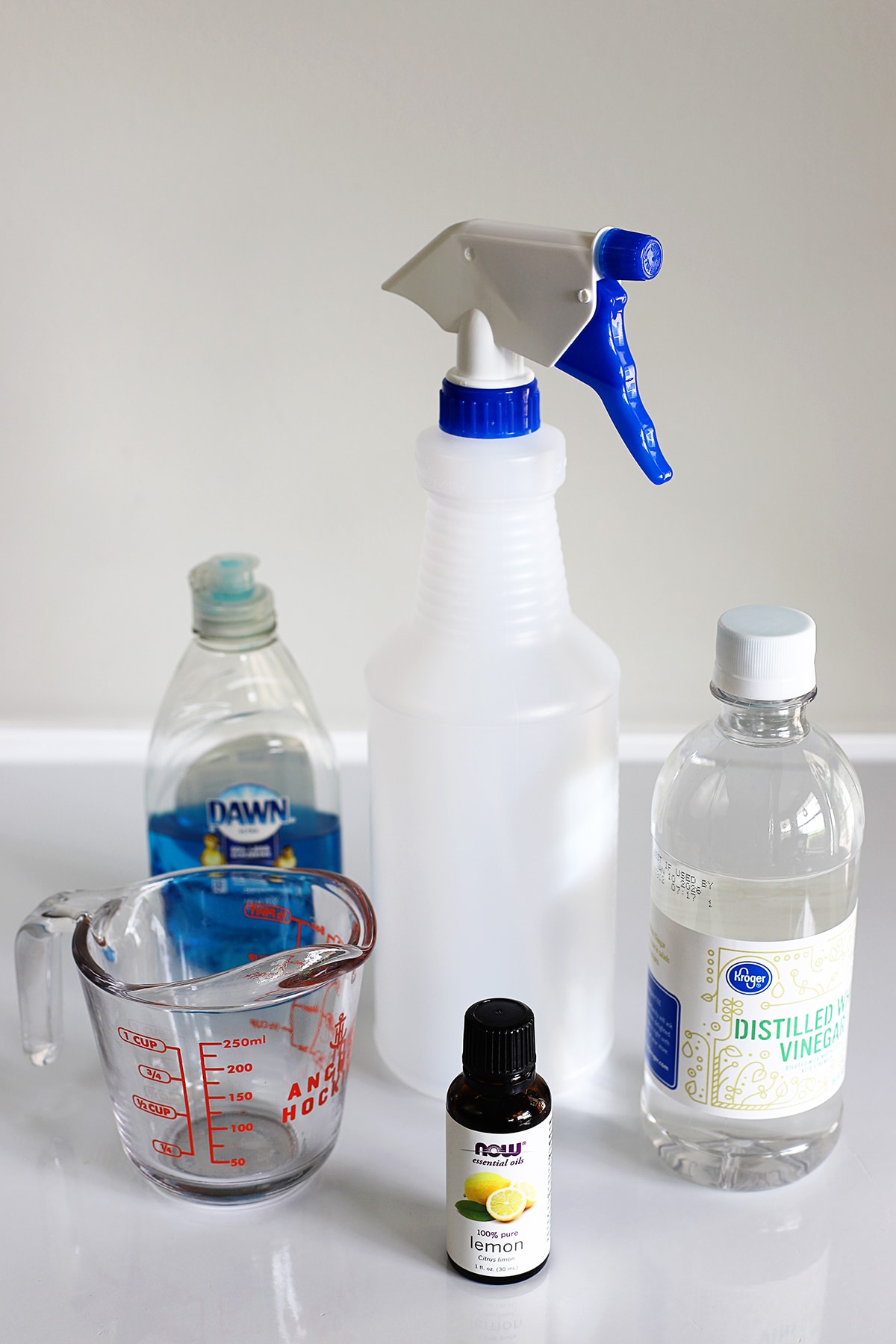
Instructions
Pour 2 cups water into the spray bottle.

Add ½ cup vinegar.

Add 1 teaspoon dish soap.
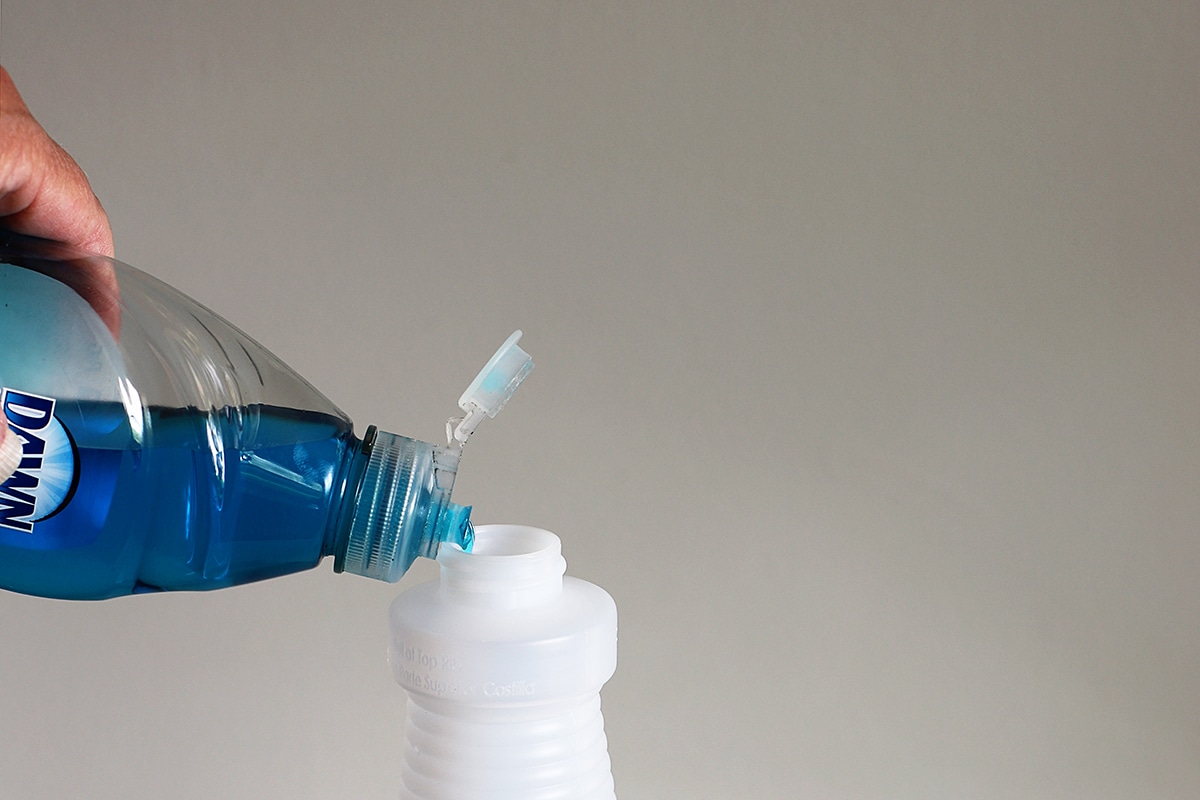
Add 15-20 drops of Lemon Essential Oil.

Close bottle and gently shake to combine ingredients. The soap is used to enable the essential oil to mix well with the water (otherwise it would be sitting on top of the water). The brand is not important.

Spray your concoction generously around baseboards, windowsills, and doorways, especially the thresholds of exterior doors (bottom part of the door you step on to get inside). Also spray in areas where you have seen spiders or spider webs in the past. If you have a basement don't forget to spray down there also. Spiders love crawlspaces and basements since they don't get used as often.
Reapply the spray weekly. Since it's mainly the odor of the essential oils which deters spiders, the odor needs to stay strong.
Be careful using this pray on carpets and upholstery as it may cause spots. Test the spray on a small out of the way area before using more extensively on those areas.
Printable Recipe
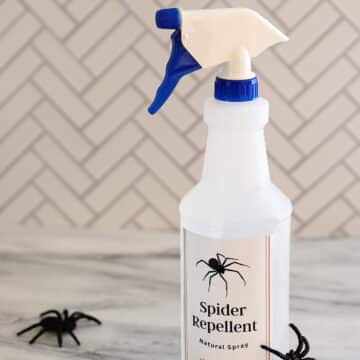
Supplies
- 1 Spray Bottle
- 2 cups Water
- ½ cup White Vinegar
- 1 teaspoon Dish Soap
- 15-20 drops Lemon Essential Oil (A number of strongly scented essential oils can be substituted including Orange, Peppermint, Cinnamon, Cedar, Eucalyptus, Lavender or Thyme)
Instructions
- Pour 2 cups water into the spray bottle
- Add ½ cup vinegar to bottle
- Add 1 teaspoon dish soap to bottle
- Add 15-20 drops Lemon Essential Oil
- Close spray bottle and gently shake to combine ingredients
- Clean area you will be wanting to repel spiders and vacuum up any cobwebs.
- Use your spray generously around baseboards, windowsills, and doorways. Also spray in areas where you have seen spiders or spider webs in the past. If you have a basement don't forget to spray down there also.
- Reapply the spider spray weekly if the scent of the essential oil lessens.
Notes
Printable Bottle Label
Since some people prefer to work with PDFs and some prefer JPEGs (photos), I've attached two separate ways to get the labels. so just pick your preference and print them out on white printer paper and attach them with packing tape.
Other Natural Ways To Repel Spiders
Vacuum Them Up
If you don't want to spray at all and if you just have the occasional spider sighting you can easily just use a vacuum to suck the spider up. There are even a few spider catcher vacuum tubes on Amazon if you want to get all fancy about it.
Also trapping it under a glass and walking it outside to release it is another option for uncommon spider encounters.
Get A Cat
Cats like to hunt spiders. I had far less spiders before Otis, the best cat in the world, went to the rainbow bridge. Cats really do help out with spider control, but then again I'm not sure how healthy it is to eat spiders all day long.
Hedge Apples aka Horse Chestnuts or Osage Orange Fruit
Hedge apples can be found in the Midwest in September and October at farmer's markets. Before I started making my DIY spider repellent I would gather a few baskets of them up from a field by my house and place them in bowls in the corners of my basement to chase off spiders.
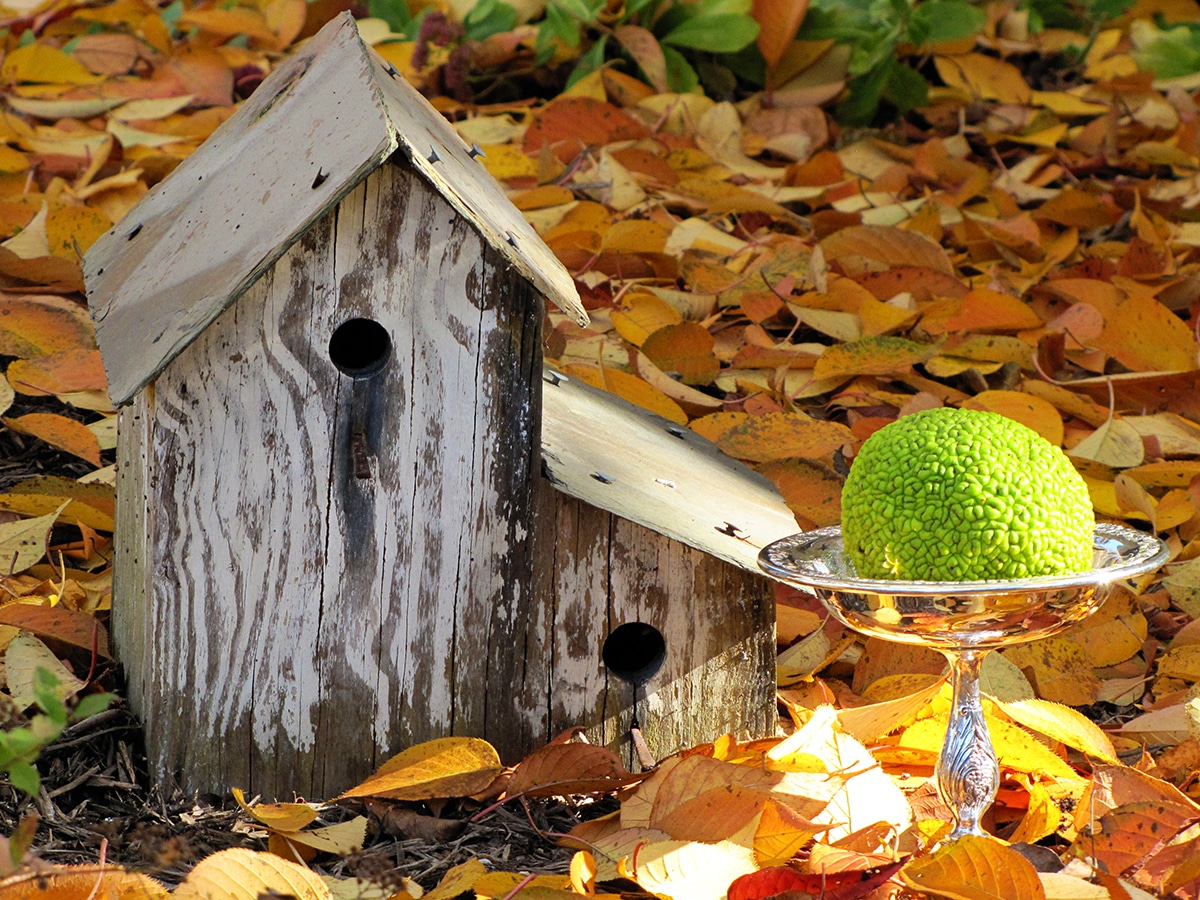
You can try this method if you want, but I really didn't notice a huge difference by using them. And they tend to get a bit messy when they start rotting which was a huge turn-off for me.
Cedar
Since spiders do not like the strong scent of cedar, you can place cedar blocks around the house (the kind you'd put in your closet). Most often cedar is used for protecting your clothes from moths, but spiders don't like the smell either.
I would not use this method if you have a dog or child that might pick the blocks up and eat them though.

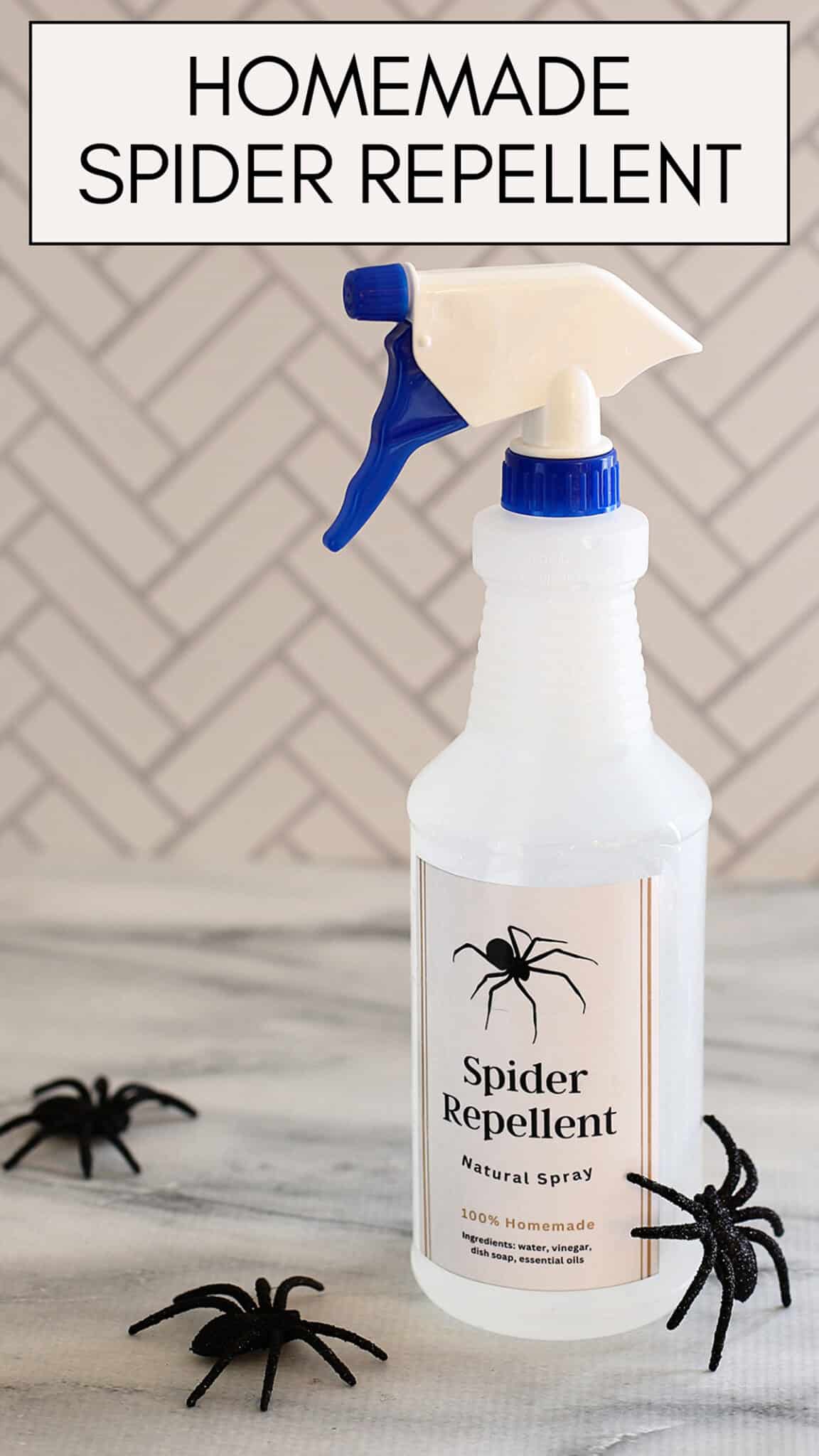
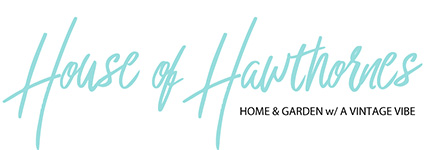

Carolyn Dinger
Have not seen today spiders this year, but we have quarterly pest control and they knock down their webs. But I will make some up and have it handy.
Joanne
We live on a lake in Wisconsin soooooo, we have spiders!! thanks for this recipe!
Pam Kessler
You are welcome! We have soy bean fields right behind us, so if it's not spiders it's mice trying to get in our house.